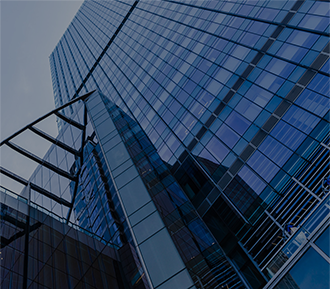

Aluminum alloys and aluminum profiles usually require surface treatment to meet different needs. Common aluminum alloy surface treatments include electroplating, spraying, wire drawing, anode, sandblasting, passivation, polishing, and oxide film treatment.
1. Sandblasting of aluminum profiles
The main function is to clean the surface. Sandblasting before painting (painting or plastic spraying) can increase the surface roughness, which has a certain contribution to the improvement of adhesion, but the contribution is limited, and it is not as good as chemical coating pretreatment.
2. Coloring of aluminum extrusion profiles
There are two main processes for coloring aluminum: one is aluminum oxidation coloring process, and the other is aluminum electrophoresis coloring process. Various colors are formed on the oxide film to meet certain usage requirements. For example, optical instrument parts are often black, and medals are gold.
3. Conductive oxidation (chromate conversion coating) - used for occasions where both protection and conductivity are required.
4. Chemical oxidation of aluminum profiles
The oxide film is thin, with a thickness of about 0.5 to 4 microns, and is porous, soft, and has good adsorption properties. It can be used as the bottom layer of organic coatings, but its wear resistance and corrosion resistance are not as good as anodic oxide films; aluminum and The process of chemical oxidation of aluminum alloys can be divided into two categories: alkaline oxidation and acid oxidation according to their solution properties.
According to the film properties, it can be divided into: oxide film, phosphate film, chromate film, chromate-phosphate film.
5. Electrochemical oxidation of aluminum profiles
The chemical oxidation treatment equipment of aluminum and aluminum alloys is simple, easy to operate, high production efficiency, does not consume electricity, has a wide range of applications, and is not limited by the size and shape of parts. The thickness of the oxide film is about 5 to 20 microns (the thickness of the hard anodized film can reach 60 to 200 microns), with high hardness, good heat resistance and insulation, and higher corrosion resistance than chemical oxide films. good adsorption capacity.
6. Spraying of aluminum profiles
The external protection and decoration of equipment are usually carried out on the basis of oxidation. Aluminum parts should be pre-treated before coating to make the coating and workpiece firmly bonded. Generally, there are three methods: (1) Phosphating (phosphate method); (2) Chromizing (chromium-free); (3) Chemical oxidation.
7. Anodizing of aluminum profiles
It is the process of plating a thin layer of other metals or alloys on the surface of certain metals using the principle of electrolysis. Brush plating is used for partial plating or repair. Barrel plating is suitable for small parts such as fasteners, washers, pins, etc. By electroplating, decorative protective and various functional surface layers can be obtained on mechanical products, and workpieces that are worn and machined incorrectly can also be repaired. The electroplating solution includes acid, alkaline and acid and neutral solutions with chromium compound. No matter what kind of plating method is used, the plating tank and hanger that are in contact with the product to be plated and the plating solution should have a certain degree of universality.
8. Chemical polishing of aluminum profiles
Chemical polishing is a chemical processing method that uses the selective self-dissolution of aluminum and aluminum alloys in acidic or alkaline electrolyte solutions to level and polish the surface of the workpiece to reduce its surface roughness and PH.
This polishing method has the advantages of simple equipment, no power supply, no limitation on the size of the workpiece, high polishing speed and low processing cost. The purity of aluminum and aluminum alloys has a great influence on the quality of chemical polishing. The higher the purity, the better the polishing quality, and vice versa.
9. Passivation of aluminum profiles
It is a method of slowing down the corrosion rate of the metal by converting the metal surface into a state that is not easily oxidized. An active metal or alloy in which the chemical activity is greatly reduced and becomes a metal state is called passivation.
